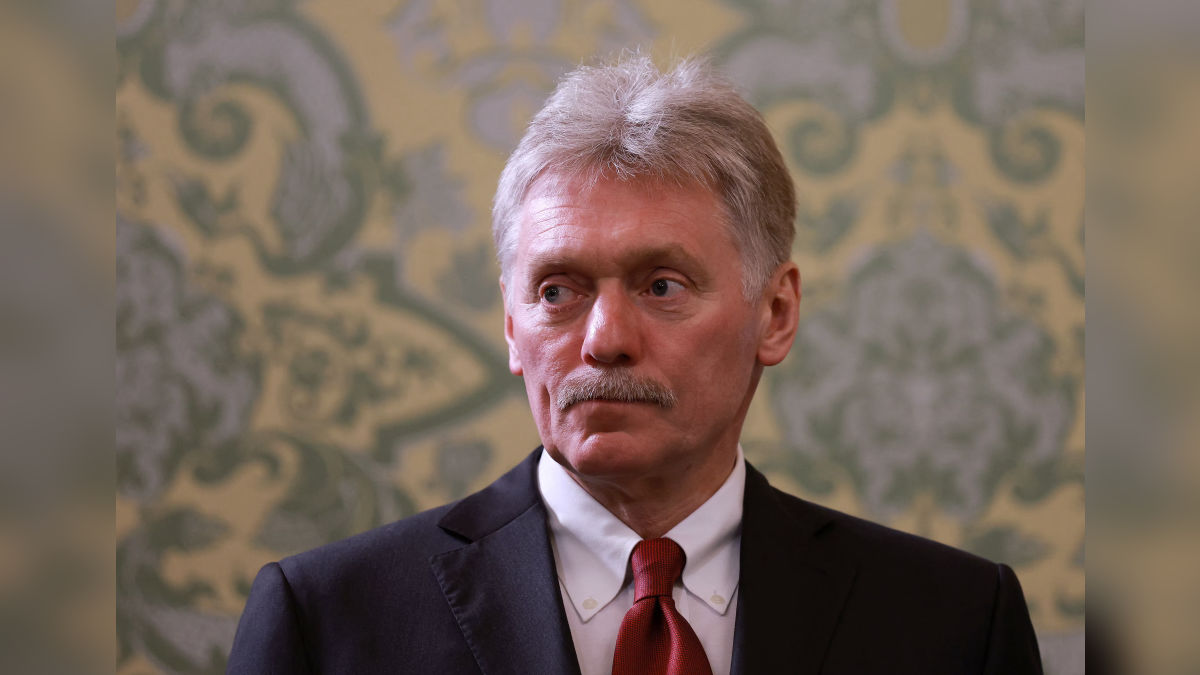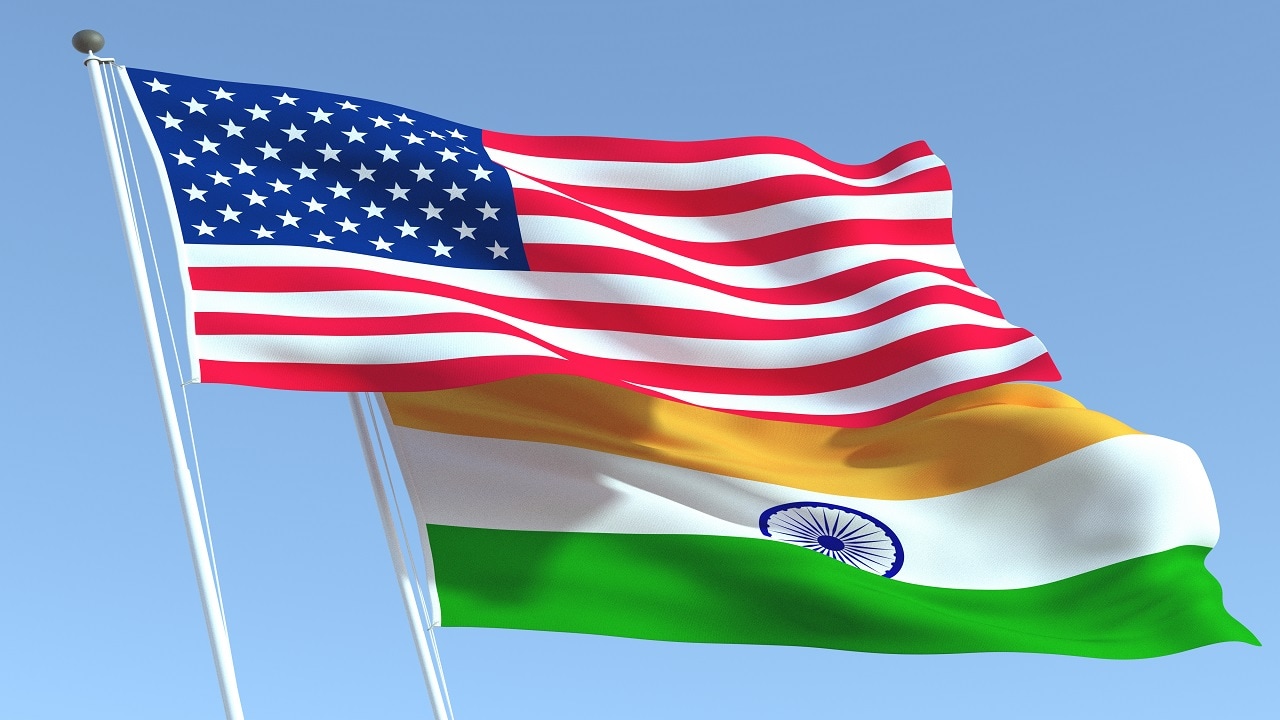In a new geopolitical development, US President Donald Trump has urged the European Union (EU) to slap 100% tariffs on Indian goods as part of the strategy to pressure Russia’s Vladimir Putin. This comes
at a time when the US President re-shared a social media post signalling a thaw in the ties with India.
The tariff call, made during high-level talks in early September 2025, aims to “punish” India for continuing to buy Russian oil amid the Ukraine conflict, effectively bleeding Moscow’s war economy. But for the EU, a bloc already locked in delicate free trade negotiations with New Delhi, this is not just saber-rattling— it is a potential economic earthquake.
With India-EU trade hitting record highs, what would such extreme measures mean for businesses, consumers, and the fragile global supply chain? As India-EU ties deepen, let us break down the numbers, the negotiations, and the nightmare, in case of a full-blown tariff war.
What’s Trump’s Tariff Push And The Russia Angle?
Trump’s tariff threats are nothing new — he has wielded them like a blunt instrument throughout his presidency to reshape global trade. But his latest salvo, voiced in meetings with EU officials on September 8 takes aim at India and China as enablers of Russia’s economy. By importing discounted Russian crude despite Western sanctions, India has saved billions while keeping Moscow afloat. Trump argues that coordinated 100% duties—doubling import costs—would force New Delhi to rethink its energy deals, ramping up pressure on Vladimir Putin.
For the EU, this is a tough sell. Brussels has its own sanctions on Russian oil but relies on India as a key partner in diversifying away from Beijing. Trump’s pitch comes amid his broader ‘America First’ agenda, where he is already hiked duties on Indian steel and aluminium, prompting retaliatory tariffs from New Delhi on US nuts and apples.
If the EU bites the bullet, it could ignite a trade war, but ignoring Trump risks straining transatlantic ties at a time when NATO unity is crucial. India, meanwhile, dismisses the idea as “unrealistic,” pointing to its non-aligned foreign policy and the need for affordable energy to fuel 8% GDP growth.
How Much Is Europe’s Trade With India?
To grasp the stakes, look at the sheer scale of EU-India commerce. In 2024, goods trade between the 27-nation bloc and India topped €120 billion, up 15% from the previous year and marking a decade of steady growth. The EU is India’s second-largest trading partner after the US, accounting for 11.5% of India’s total trade. Break it down: Indian exports to Europe reached €76 billion, dominated by engineering goods like machinery and auto parts (€25 billion), textiles and apparel (€15 billion), and pharmaceuticals (€10 billion). In return, India imported €59 billion from the EU, including aircraft (€12 billion), chemicals (€8 billion), and optical instruments (€5 billion).
Services add another layer, with trade surging to €59.7 billion in 2023, driven by IT outsourcing and software from Indian firms like TCS and Infosys serving European banks and automakers. Overall, the partnership supports millions of jobs—over 6,000 European companies operate in India, investing €140 billion in sectors like renewable energy and manufacturing. For context, that is more than the EU’s investment in Australia or Canada. India’s market of 1.4 billion consumers is a goldmine for European brands, from Volkswagen cars to Nestlé chocolates, while Europe’s tech and infrastructure expertise helps India build bullet trains and smart cities.
This interdependence is not accidental. Post-Brexit, the EU has pivoted east, viewing India as a “strategic partner” to counter China’s dominance. Trade has doubled since 2015, fuelled by shared values on democracy and climate action. But vulnerabilities lurk: India’s high tariffs (averaging 17% on EU goods) and regulatory hurdles, like data localization rules, have long irked Brussels.
What About The FTA Negotiations?
The India-EU Free Trade Agreement (FTA) talks revived in 2022 after a nine-year hiatus, and hit their 13th round in New Delhi on September 10, 2025, with the 14th slated for Brussels in October. Over 60 chapters—covering goods, services, investment, and sustainability—have been finalised, with progress on sticky issues like agricultural duties and intellectual property.
The goal? Slash tariffs to zero on 90% of goods within seven years, potentially boosting trade by €30 billion annually. For India, it means easier access to European markets for textiles and gems; for the EU, lower barriers on cars (where India slaps 100% duties) and wines. Negotiators aim for a deal by year’s end, but hurdles remain: India seeks labour mobility for its IT professionals, while the EU pushes for carbon border taxes to align with its Green Deal.
These talks are not in a vacuum. Trump’s tariff nudge adds urgency— an FTA could shield bilateral trade from US whims, creating a “tariff-free bubble” amid global protectionism. But delays risk escalation; if no agreement lands by 2026, retaliatory spirals could ensue.
What The 100% Tariffs Would Unleash
What if the EU caves to Trump’s pressure and imposes 100% tariffs on Indian imports. The impact would be catastrophic, rippling through economies on both sides.
First, trade volumes would crater. At current levels, €76 billion in Indian exports to Europe would double in cost overnight, pricing out affordable Indian generics that supply 20% of EU medicines or textiles clothing millions. EU consumers would face higher prices—think a €50 shirt jumping to €100—fuelling inflation already at 2.5%. Indian exporters, especially SMEs in Gujarat and Tamil Nadu, could lose €50 billion yearly, triggering layoffs for 2 million workers in labor-intensive sectors.
For the EU, retaliation is inevitable. India might slap reciprocal 100% duties on European luxuries like Scotch whisky (€500 million in sales) or Airbus planes. Total trade could halve to €60 billion, erasing years of growth. Supply chains would fracture: European carmakers like BMW, sourcing parts from India, face delays and costs hikes, potentially adding €5,000 to vehicle prices. India’s pharma giants, exporting €10 billion in drugs to Europe, could pivot to Africa or Latin America, but at a loss.
The broader fallout from this means investment drying up. European FDI in India, at €140 billion, supports 1.7 million jobs; tariffs could halve inflows, stalling projects like Siemens’ metro lines. Geopolitically, it pushes India closer to China, undermining EU efforts to “de-risk” from Beijing. Environmentally, disrupted trade hampers joint green tech ventures, like solar panels where India supplies components.
Economists warn of a 0.5-1% GDP hit for India (wiping $20-40 billion) and 0.2% for the EU (€40 billion loss). Small businesses suffer most—Indian artisans exporting handicrafts or EU farmers shipping cheese. In a worst-case, it sparks a global trade war, with knock-ons for commodities like steel, where India and Europe compete.
Why This Matters For Indians?
Trump’s tariff talk is not idle — it is a playbook from his first term, where duties on allies sparked retaliations. For the EU and India, resisting could strain US ties, but complying risks self-harm. The FTA offers an escape hatch, fostering resilience through deeper integration.
In a multi-polar world, this saga underscores trade’s fragility. For businesses, diversify suppliers; for policymakers, accelerate deals. As negotiations continue, one thing is clear: 100% tariffs would turn a thriving partnership into a costly stand-off, proving that in trade wars, everyone loses.















